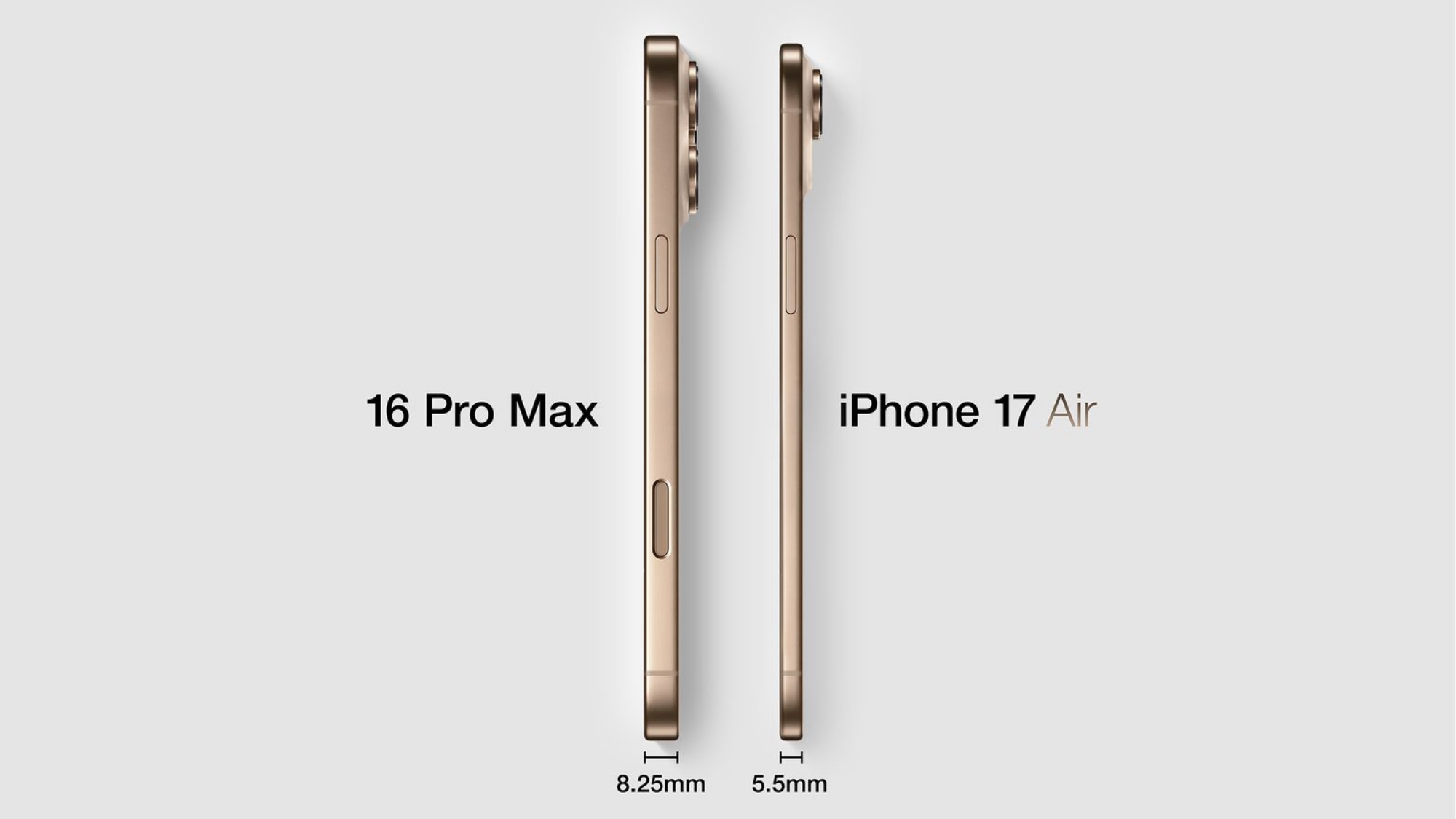
Apple Reportedly Considered Making The iPhone 17 Air Port-Free
- 17.03.2025 04:07
- lowyat.net
- Keywords: AI, Startup
Apple considered making the iPhone 17 Air port-free but ultimately decided against it due to unspecified reasons. The company plans to revisit this design for future models, potentially offering a fully wireless experience in upcoming releases.